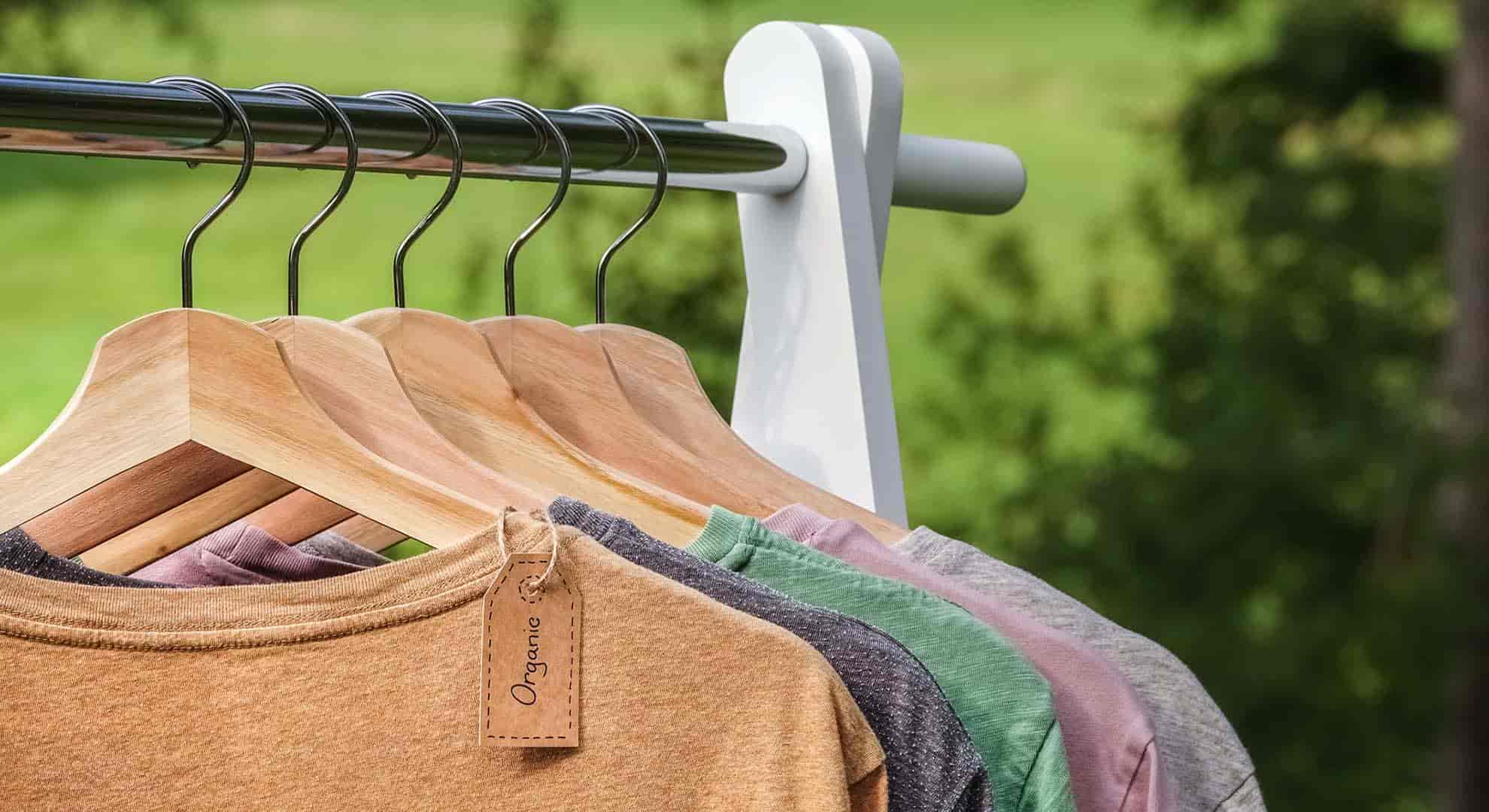
Greenwashing our clothes
Increasingly, eco-friendly credentials are on-trend when it comes to fashion brands, but are they really just pulling the wool over our eyes?
It can be hard to tell sustainable fashion from greenwashing - where companies exaggerate or even fabricate their green credentials to capitalise on the growing demand for environmental products.
There are currently no laws to stop companies from claiming that their products are eco-conscious, environmentally friendly, green, sustainable or whatever the latest buzzword is. And there aren’t any standard measurements or guidelines as to what a ‘sustainable’ item is exactly.
We’ve all seen it, brands regularly make ‘green’ claims, but so often they don’t translate into action in our local stores. In fact, a recent report suggests that 59% of claims made by companies in the UK and Europe were unsubstantiated or misleading.
It’s nothing new. The term ‘Greenwashing’ was coined by environmentalist Jay Westerveld in 1986 but, with the increased interest in the Climate Crisis thanks to programmes like Blue Planet, influencers like Greta Thunberg and the rise in veganism, greenwashing has become more prevalent in recent times.
Fashion and its impact on climate change
The Ellen MacArthur Foundation states that, worldwide, greenhouse gas emissions from textiles production is 1.2 billion tonnes annually – more than all international flights and maritime shipping combined.
Hazardous substances from textile manufacture escape into the environment, polluting waterways and ultimately the health of those depending on that water.
And many garments release plastic microfibres - between 200-500 tonnes are emitted into the environment from washing clothes every year in Scotland.
The total water footprint of clothing in active use in the UK in 2016, including the water consumed overseas to make our clothes, was 8 billion m3 of water with most being used during the production of the fibres and often in regions of high water stress. Cotton production accounts for 69% of the water footprint of textiles’ fibre production and 65% of the total water footprint (source: WRAP).
How to avoid becoming a (fashion) victim of greenwashing
If it’s too good to be true, it probably is.
They may have a ‘sustainable collection’ but what about the rest of their products? Is the ‘sustainable collection’ just one tiny part of their overall range? If so, alarm bells should be ringing.
One collection does not make a brand sustainable, especially if they are pumping out cheap, low-quality garments using manufacturing processes that negatively impact workers and the surrounding environment.
Do your research.
Check out the company’s website – do they have ambitious goals and measurable targets to support their claims? Who are they owned by? If it’s another company, then how does that company stack up in terms of sustainability?
Look at websites that review products or companies based on their ‘green’ credentials such as Ethical Consumer and Good on You or industry-wide Textiles 2030 to see what the industry is doing, and which producers are involved.
The wider picture.
Companies might brag about their recycling initiatives or bring-back schemes where you receive a discount off future purchases for bringing back old clothes but it’s worth checking out how many of those items that are taken back are reused or recycled. Or is it just a ploy to get you back into the shop to buy more products?
Pull at that thread.
SHRUB’s Fabric Awareness booklet provides information on the variety of fabrics used in textile manufacturing and what to look out for or the Sustainable Apparel Coalition has a tool to assess the environmental impact of various materials.
Look beyond the claims.
Many of us are going vegan and might think it’s great to buy items labelled as vegan. However, vegan doesn’t necessarily mean sustainable – it could be made from synthetic alternatives containing oil which also has an environmental cost.

Fashions fade, style is eternal
Lastly, bear in mind that the most sustainable product is the one you already own.
Four-firths of the carbon footprint generated by Scotland comes from the products and materials we use so think before you buy. Do you need it, and will you wear it more than 30 times? If not, can you use something you already have, buy second-hand, or rent or borrow the item instead?
When a company says, ‘shop with us and save the planet’, remember that consumption is inherently bad for the planet and, as Yves Saint Laurent said, “fashions fade, style is eternal”.
